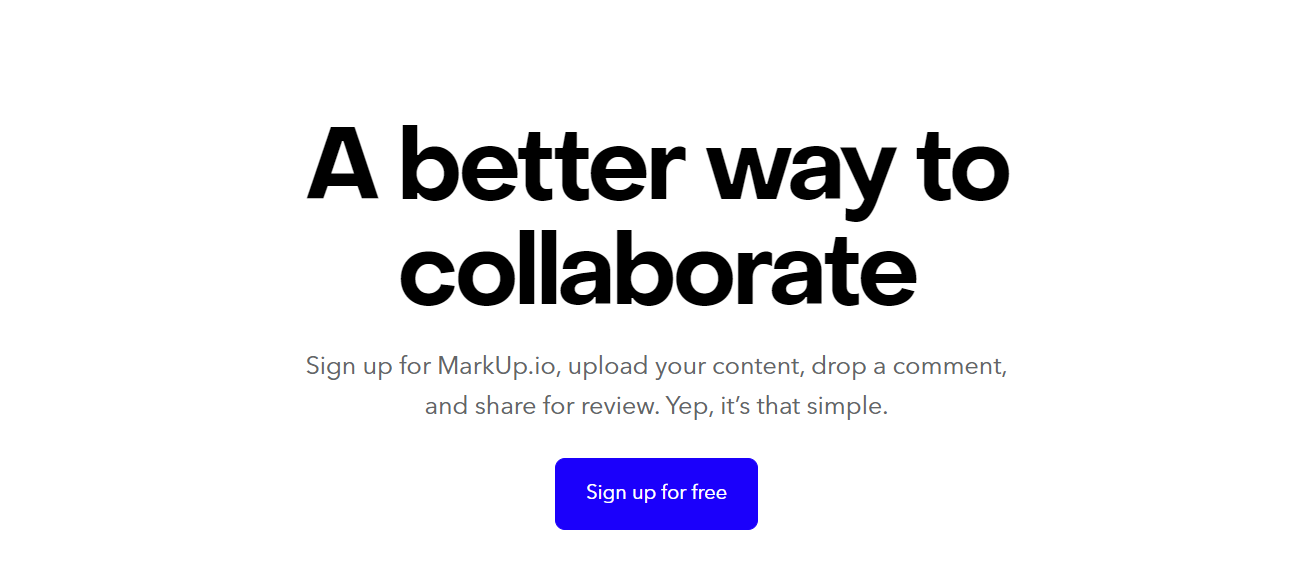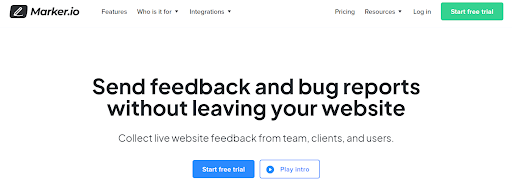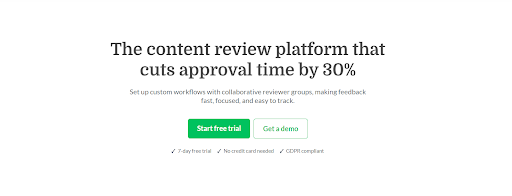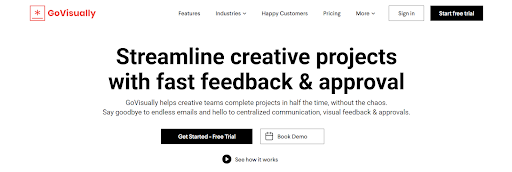You review a website to explore its features and layout. Suddenly, you stumble upon a design element that seems out of place, or perhaps you have a suggestion that could enhance the user experience.
Normally, you might connect with the team and give them suggestions about the particular elements you want them to improve. But what if you had the power to communicate your thoughts directly to the team behind the website?
This is where website comments serve as bridges between you and website designers. You can share your valuable feedback through comments. This feedback helps in designing better, more user-friendly products.
In this article, we’ll talk about the popular website commenting tools. We explore their features, advantages, and disadvantages to help you choose the tool.
What are Website Commenting Tools?
Website commenting tools facilitate the collection and management of user feedback directly on websites. These tools allow users to leave comments, suggestions, and critiques on specific parts of a website. This feedback can range from design elements and usability to content and functionality.
The core purpose of these tools is to bridge the gap between website visitors and creators. They enable a two-way conversation, where users can provide real-time feedback, and creators can gather insights to improve their products.
These tools are invaluable for web designers, developers, and content creators. They rely on user feedback to iterate and enhance website design and functionality. These tools can help you collect user insights to create more intuitive, engaging, and user-friendly websites.
Top Website Commenting Tools in 2024
Due to the growing competition, there is a need to streamline the website design feedback process. Website commenting tools play a pivotal role in this. They offer efficient platforms for gathering actionable feedback to enhance the collaboration process. Here’s a look into the top 5 website commenting tools.
1. ruttl

ruttl is a leading website commenting tool designed for seamless feedback and collaboration. It is a dynamic platform where teams can review and annotate live websites in real-time.
The platform caters to the nuanced requirements of web developers, designers, and project managers. It makes the iterative process of website enhancement efficient and effective.
Key Features
- The video commenting feature enables users to leave comments on website through screen recording.
- Real-time website annotation allows users to leave feedback directly on web elements.
- Collaborative features enable teams to discuss changes and make decisions swiftly.
- ruttl supports a wide range of web projects, from static websites to mobile applications.
- The tool integrates with over 3000 apps using Zapier.
Pros
- The intuitive interface simplifies the feedback process for all users.
- Real-time collaboration boosts productivity and accelerates decision-making.
- Comprehensive feedback options enhance the precision of design revisions.
- Integration capabilities allow for a smoother workflow with existing project management tools.
- Free forever plan for 1 project with unlimited guests.
- AI integration to cut through the noise and understand the feedback in quick time.
Cons
- Advanced features may require a learning curve for new users.
2. Markup.io

Markup.io is recognized for its straightforward approach to collecting feedback on digital assets. It facilitates clear communication between teams and stakeholders across various project types.
Key Features
- Supports 30+ project types
- Integration with popular project management tools Chrome extension
- File attachment feature in comments
Pros
- A user-friendly interface
- Versatile feedback capabilities
- No limit to collaborator invite
- Enhances team collaboration through easy-to-use annotation and commenting tools.
Cons
- May lack some advanced features for in-depth website analysis compared to specialized tools.
- The focus on simplicity could limit detailed feedback for complex web applications.
- Free versions has a limit of 5 markups.
3. Marker.io

Marker.io is a tool designed to enhance website feedback processes. This makes it incredibly efficient for both teams and clients to communicate website issues.
The tool integrates directly into websites as a widget or through a Chrome extension. It aims to streamline the annotation, markup, and bug reporting process with just a few clicks.
Features
- Comprehensive annotation and commenting tools like arrows, text and shapes.
- One-click bug reporting.
- Project management integrations with popular tools like jira, trello, and github.
- Attaches crucial information like console logs, browser info, and session replays to each report.
- Customizable feedback forms.
Pros
- Simplifies communication through centralized feedback and bug reports.
- Streamlines the bug tracking and feedback collection process.
- Seamlessly fits into existing workflows with popular project management tools.
Cons
- Learning curve for new users.
- While integrations are a strength, reliance on other project management tools might limit its standalone utility for some teams.
- Smaller teams might find the tool costly.
4. Filestage

Filestage offers a comprehensive solution for the review and approval process across various file types, including web pages. It teams to share, review, and approve a web page in one centralized place.
Key Features
- Custom workflows and collaborative reviewer groups.
- Smart annotation tools.
- Analytics that provide insights into the review process.
- Notifications and reminders through integration with popular tools.
- GDPR compliance and data protection.
- Custom triggers and actions.
Pros
- Helps streamline review and approval times.
- Supports unlimited file sharing and feedback in context to improve communication.
- Version history tracking ensures feedback incorporation.
- Accessible from anywhere to enhance remote work capabilities.
- Invites unlimited reviewers without the need for an account.
Cons
- The wide array of features may require an initial learning period for new users.
- Customization options could be overwhelming for smaller teams or simpler projects.
5. GoVisually

GoVisually is tailored for creative professionals seeking streamlined project review and approval processes. This platform specializes in facilitating clear, concise feedback across web pages.
Features
- Sharing and collaboration.
- Precise annotation tools.
- Real-time feedback.
- Version control.
Pros
- User-friendly platform.
- Real-time updates and centralized feedback.
- Version control and annotation tools ensure feedback is specific and actionable.
- Supports a wide range of file types.
Cons
- The tool may lack extensive integration capabilities with other design software.
- The platform is primarily designed for creative content, which may limit its applicability for more technical or web-based project feedback.
Wrapping Up
While comparing popular website commenting tools, each offers unique features tailored to streamline feedback and collaboration. Choosing the right tool depends on your specific needs, whether for design feedback, client collaboration, or technical bug tracking.
If you need real-time annotation and collaboration capabilities, then ruttl is your best choice. Its intuitive interface and comprehensive feedback features facilitate a seamless exchange of ideas and suggestions directly on the live website. You can streamline the feedback process, enhance productivity, and achieve faster website project iterations.
Sign up for free and get the comments started with ruttl.
